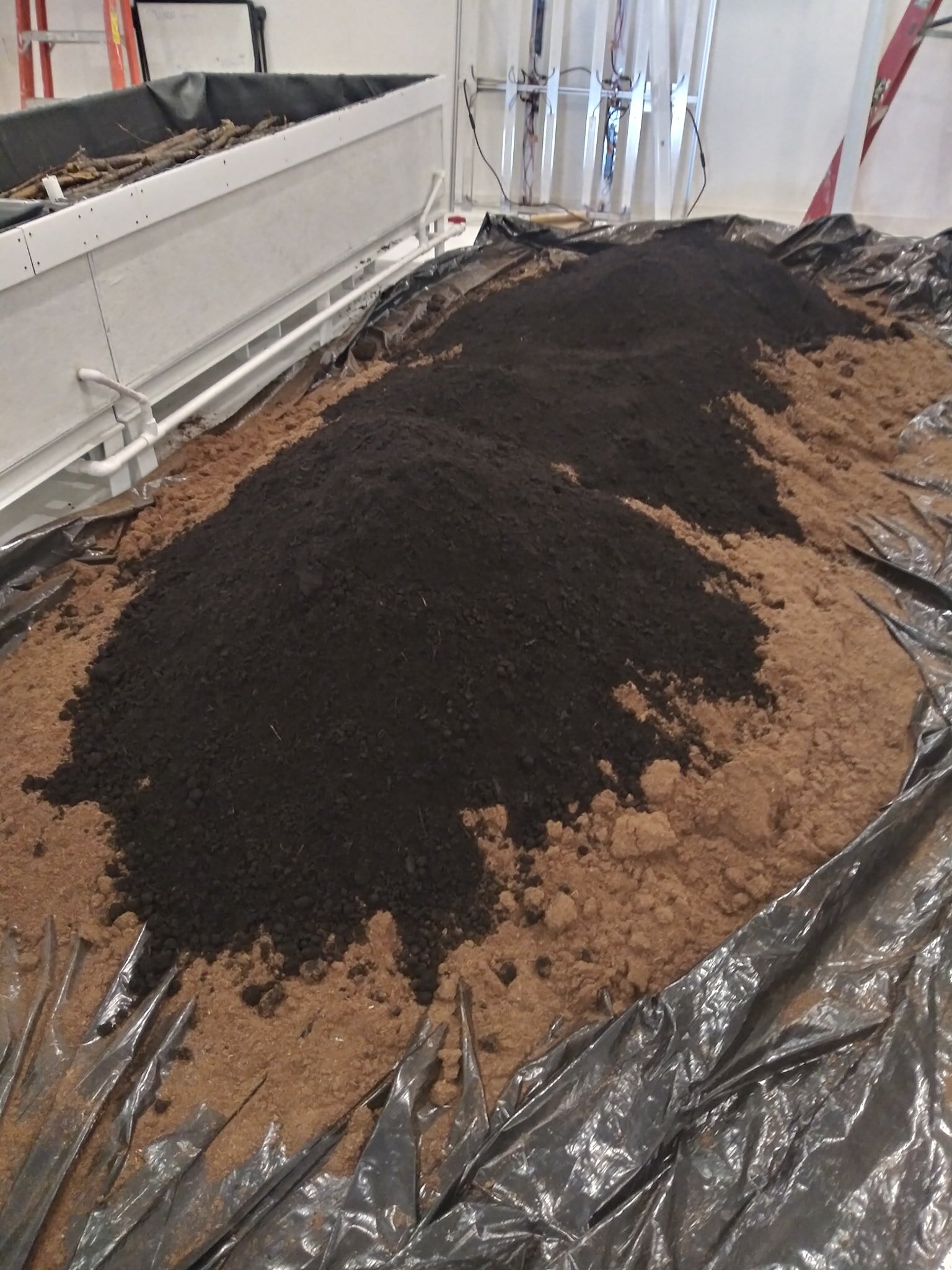
Soil MIxes
List of soil mixes is at the bottom of the page.
Credit - Jonathan Traxler
Credit - Jonathan Traxler
It is important to have a base understanding of how to build soil and keep it living and cycling nutrients for your plant. First things first, your soil mix!!! Nutrients come from your soil. In organic gardening we amend our soil with nutrient rich inputs. A base soil mix is comprised of 3 parts. 1/3 aeration materials such as pumice, lava rock, perlite and rice hulls. 1/3 organic matter such as earthworm casting, mushroom or green compost and insect frass. Lastly 1/3 inert media such as peat moss, or coco coir. Sometimes people like to take custom built soil mixes like this and mix them 1:1 with native soil so there is a presence of native mineral composition and native microbes present. Others like to collect Indigenous Microorganisms (IMO) and inoculate their soil that way. Soil building is an art, there are many ways to create your soil, but most importantly you want to include all the required essential plant nutrients, micro nutrients, amino acids, enzymes and hormones for your plant to thrive. Some people like to have all of these compounds present during the soil building process and use only water, some people like to make ferments and concoctions to add during the growing process. This is where I find all the fun of organic growing. We get to play mad scientist while nurturing our soil, plant, and the local environment. A large, overlooked, component of organic gardening, and farming, is the use of native and locally produced materials to make your soil. Yes, it’s nice to support local people and to be sustainable. There are other science based reasons for this though. One is that locally sourced inputs are full of microbes that have adapted to your local environment. Climate plays a huge role in what microbes and life can survive in an area. Using local inputs ensures that the microbes introduced into your garden will thrive and continue to multiply in your local climate. So find as many locally sourced inputs as possible. Below I have listed some soil mixes made by different well known names in the organic community.
-Luna Whitcomb




